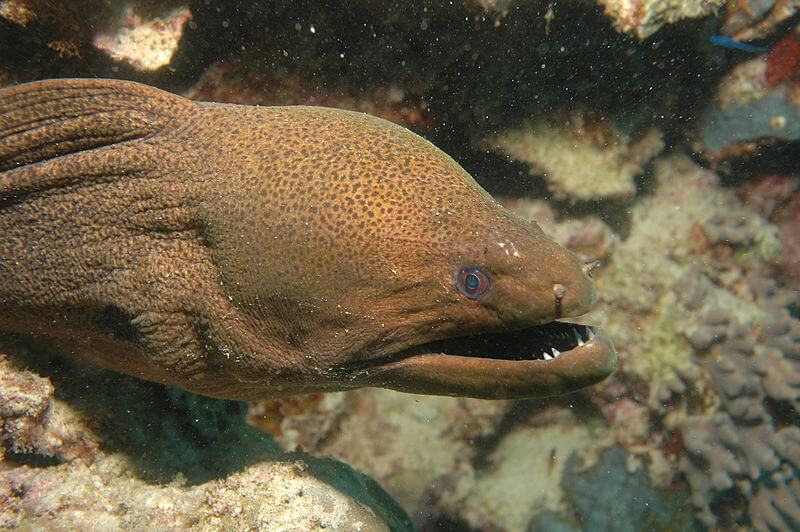History loves to glorify battles and speeches, but nobody talks about the real scandals—like what our favorite historical icons were secretly snacking on. From presidents with dessert obsessions to royals who treated dinner like a dare, these famous figures had food habits so weird, they make pineapple on pizza look tame.
Napoleon Bonaparte – Poultry Before Parley
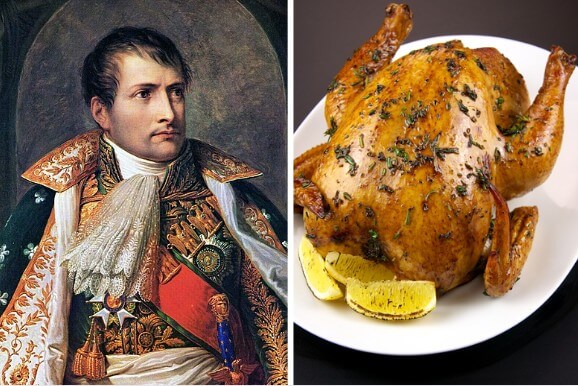
Napoleon didn’t have time for slow chewing or fine dining. He devoured food with the urgency of a man escaping taxes. Chicken was his battlefield snack.
He preferred meals cold or lukewarm, which is criminal enough. He often demanded food mid-campaign, chewing between commands. Dinners were less about flavor, more about fuel.
Staff had to keep emergency rotisserie birds on standby. Imagine inventing the chicken nugget meal prep hustle before it was cool. Victory first, gastronomy never.
Pythagoras – The Bean-Hating Mathematician

Pythagoras, famed for triangles, also had a vendetta against beans. Not an allergy—he thought they contained human souls. Bean burritos? Literal existential crisis.
He even instructed his followers to avoid beans like plague rats. Death? Sure. But crossing a bean field? Absolutely not. That’s where he drew the line.
Legend claims he died because he refused to run through a bean field while being chased. Imagine choosing bean anxiety over staying alive.
Charles Darwin – Gourmet Gone Wild
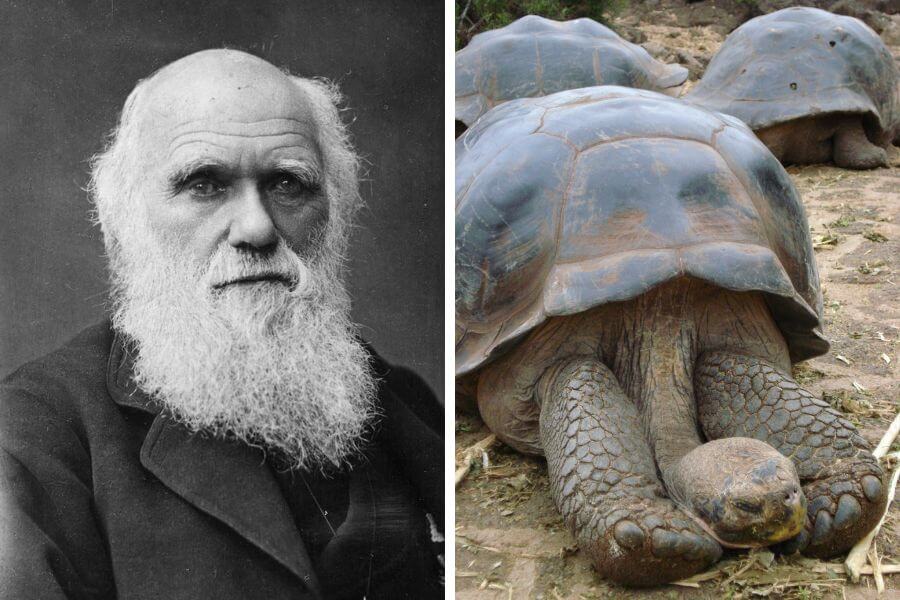
Darwin didn’t just observe animals—he tasted them. His “Gourmet Club” sought exotic meats like hawks, armadillos, and iguanas. He really ate his way through evolution.
Even Galápagos tortoises weren’t safe. He took a few back on the Beagle, but ended up eating them on the voyage. Science: 0, Snack Time: 1.
When asked about owl meat, he said it was “indescribable.” That’s Victorian for “I regret everything.” Natural selection clearly skipped his lunch choices.
Nikola Tesla – Crackers, Milk, and OCD
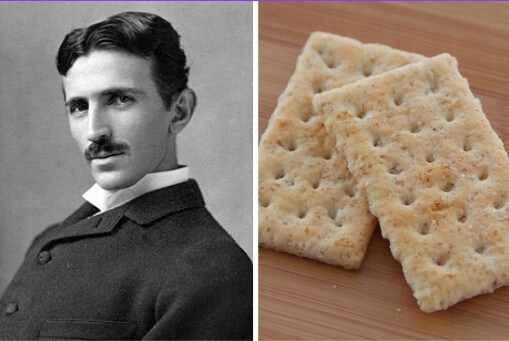
Tesla lived on a diet suitable for a Victorian robot. He favored warm milk, plain crackers, and veggies boiled into oblivion. Spice? Absolutely not.
He believed diet affected his brain’s power. No flavor distractions allowed. Just celery, breadsticks, and enough milk to drown a cow. Exciting stuff, Nikola.
His dining routine was as rigid as his equations. Exact napkin counts. Precision fork placement. Honestly, the celery was probably the most exciting part.
Steve Jobs – Fruitarian Glow-Up (Literally)
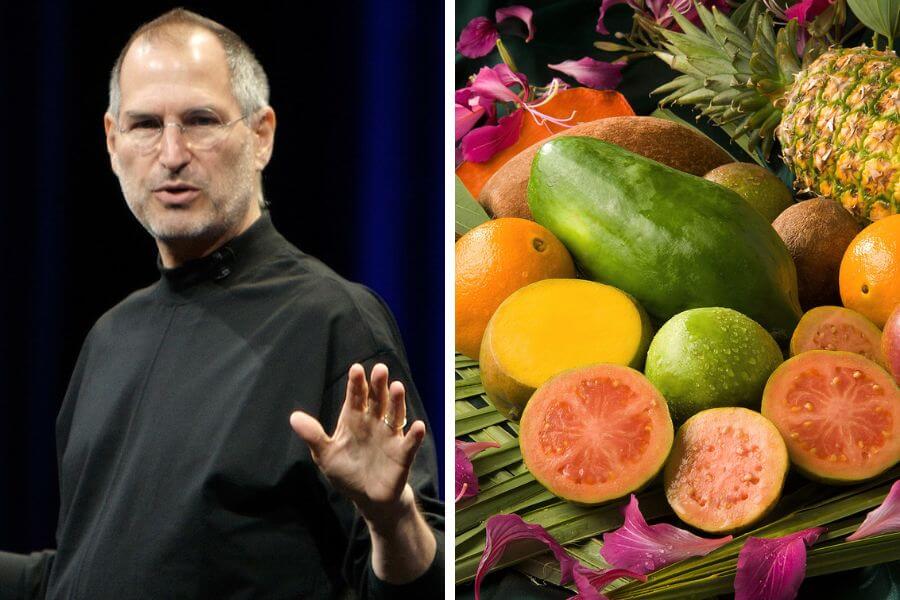
Jobs’ food phases were legendary. He once ate only apples for weeks. Then carrots. Then his skin turned orange. Like, traffic-cone orange. Vitamin A vibes.
He believed extreme fruitarianism would detox his body. Spoiler: it didn’t. It just made everyone think he was cosplaying a sunset. Commitment? Impressive.
His friends begged him to eat actual meals. He declined. He was a minimalist in both design and nutrition. RIP balanced diet.
Howard Hughes – Germaphobic Diet Disaster
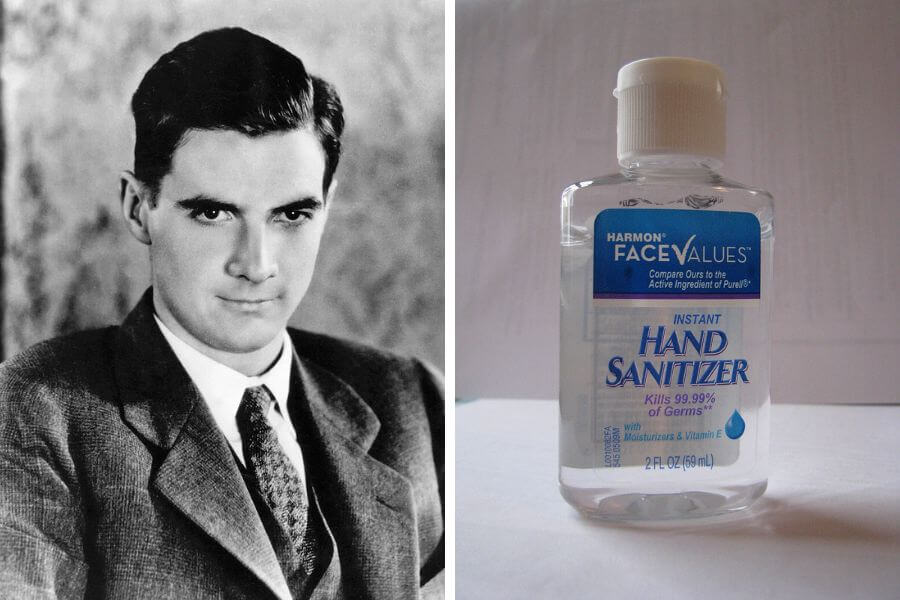
Hughes didn’t just fear germs—he loathed them. He had food delivered sealed, wrapped, sanitized, and often untouched. Meals were more like surgical procedures.
He often ate the same thing over and over—typically soup, which he trusted more than, say, solid food with texture. Risky stuff, that mashed potato.
Every dish had to be untainted by human hands. If a waiter sneezed two counties away, the whole meal went to hazmat. Culinary paranoia deluxe.
Benjamin Franklin – Air Bath and Toast Enthusiast
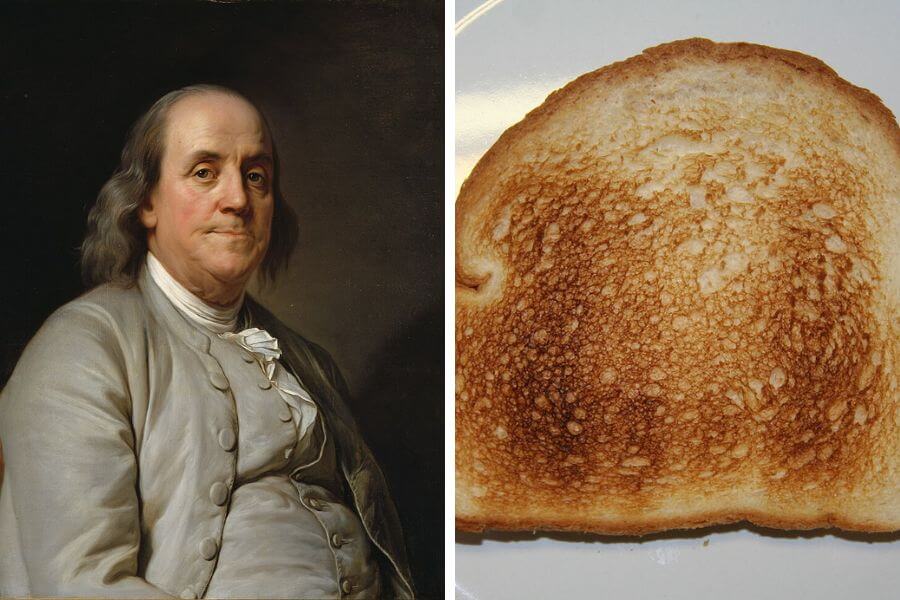
Ol’ Benny believed in “air baths”—sitting naked in his room before breakfast. The breakfast? Often toast and milk. Sometimes wine. Usually while philosophizing… in the buff.
He thought air baths improved circulation, and probably assumed the toast did too. Being enlightened apparently meant being half-nude and oddly crispy inside and out.
The man loved moderation—unless it came to public nudity and bread-based breakfasts. Founding Fathers, ladies and gents. Revolutionary and slightly toasted.
Lord Byron – Vinegar and Crackers Diet Plan
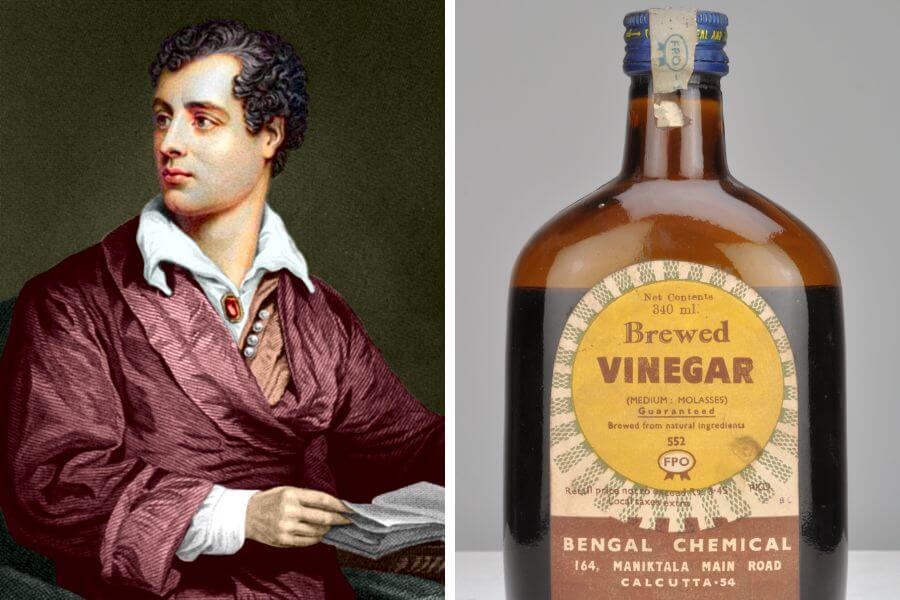
Byron feared becoming fat more than he feared literary obscurity. So he lived on vinegar water, dry toast, and brooding. Calories? For peasants.
His vinegar obsession was so strong it gave him digestive issues, which he wore like a badge of tragic-poet honor. Sadness seasoned every bite.
He bragged about surviving on little more than tea and despair. Honestly, the vinegar diet sounds like a Pinterest detox with a death wish.
Elizabeth I – Sugar-Addicted Monarch
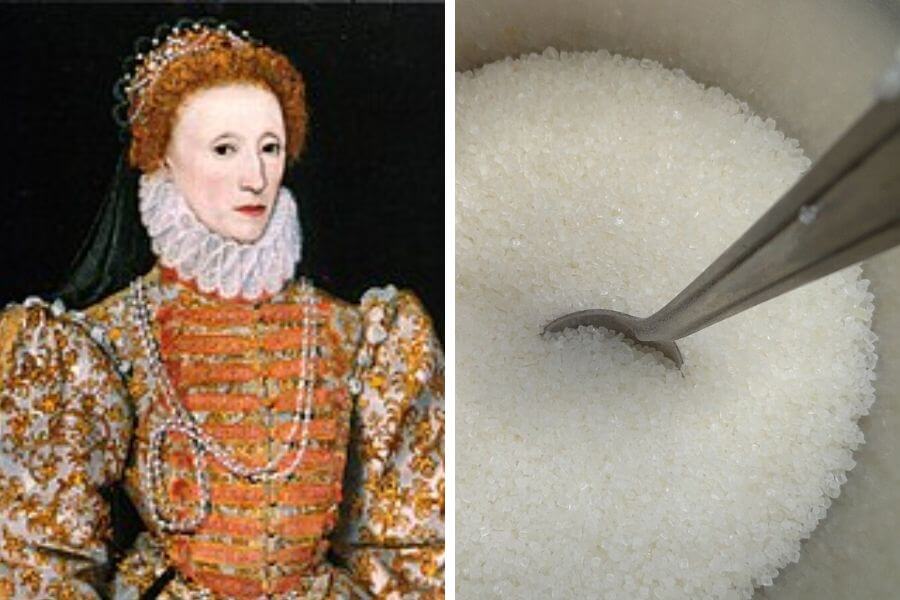
Queen Elizabeth was obsessed with sugar. She chewed sugar pastes, brushed with sugar, and basically replaced all nutrition with fancy medieval cavity fuel. Royal teeth? Ruined.
Her sweet tooth was legendary. Portraits had to be updated to hide her blackened teeth. The Tudor dentist’s job must’ve been a waking nightmare.
She consumed enough sugar to qualify as 90% dessert. Diplomacy and dental decay—just another Tuesday at the palace.
Thomas Jefferson – Mac & Cheese Missionary
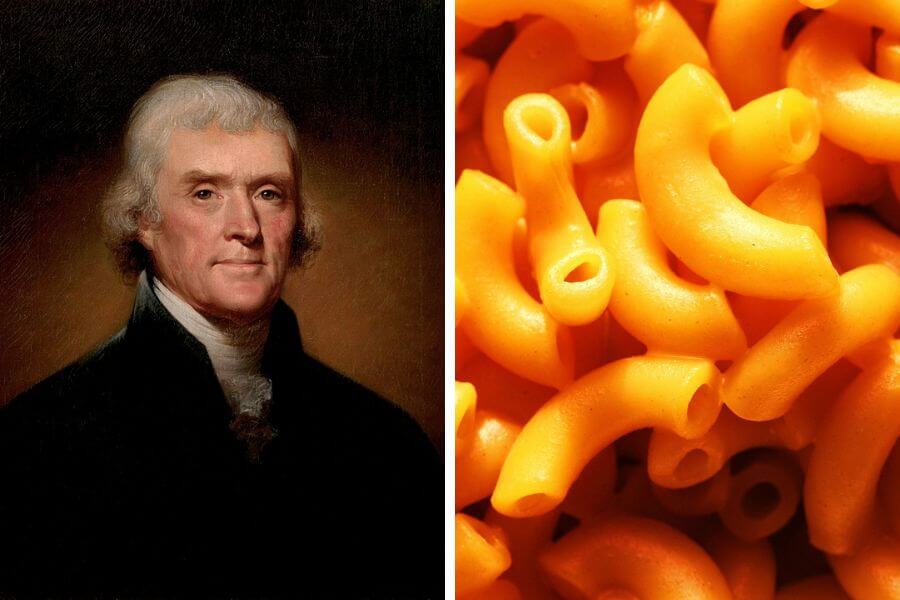
Jefferson went to France, fell in love—with macaroni. He brought pasta back to the U.S. like it was a national treasure. Honestly, it kinda was.
He served macaroni and cheese at presidential dinners, baffling guests with this foreign cheesy wonder. Imagine changing American cuisine with one gooey bite. Icon behavior.
He even designed a macaroni machine. Founding Father? Sure. But also the Original Cheesehead. Forget the Constitution, he gave us carbs.
Gandhi – Fasting, Salt, and Goat Milk
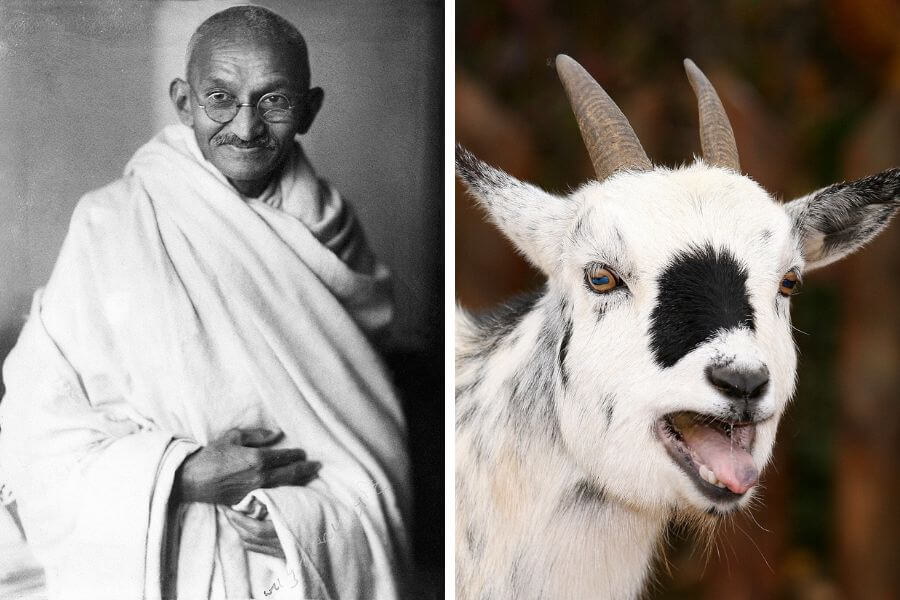
Gandhi lived on minimalism, air, and occasional salt licks. He fasted constantly, once for 21 days. Hunger strikes were his protest and his meal prep.
He believed in strict vegetarianism, ate goat’s milk, and kept his diet pure to maintain focus. Hunger wasn’t weakness—it was the ultimate flex.
While the British had afternoon tea, Gandhi had one almond and an existential stare. Honestly, that’s way more intimidating.
Winston Churchill – Boozy Breakfast Regular
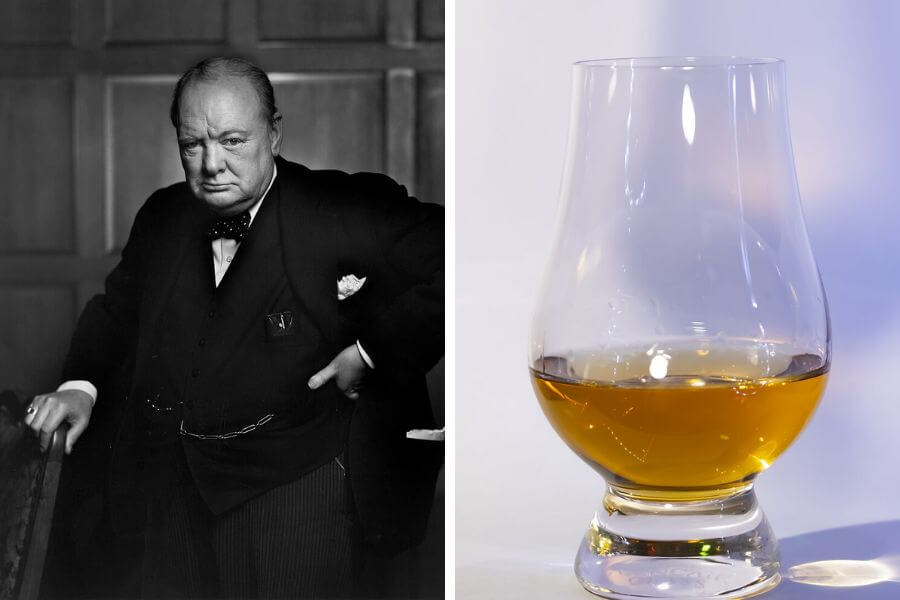
Churchill’s food pyramid was mostly cigars and whiskey. He started the day with eggs, cold meats, grapefruit, and—obviously—a tumbler of scotch. Balanced-ish.
He drank with every meal, before meals, and probably in his sleep. His liver had diplomatic immunity. Tea was for lightweights and war-time plebs.
Yet, he lived into his 90s. The man was preserved in alcohol. Technically a British pickle with a cigar.
Caligula – Gold-Plated Glutton
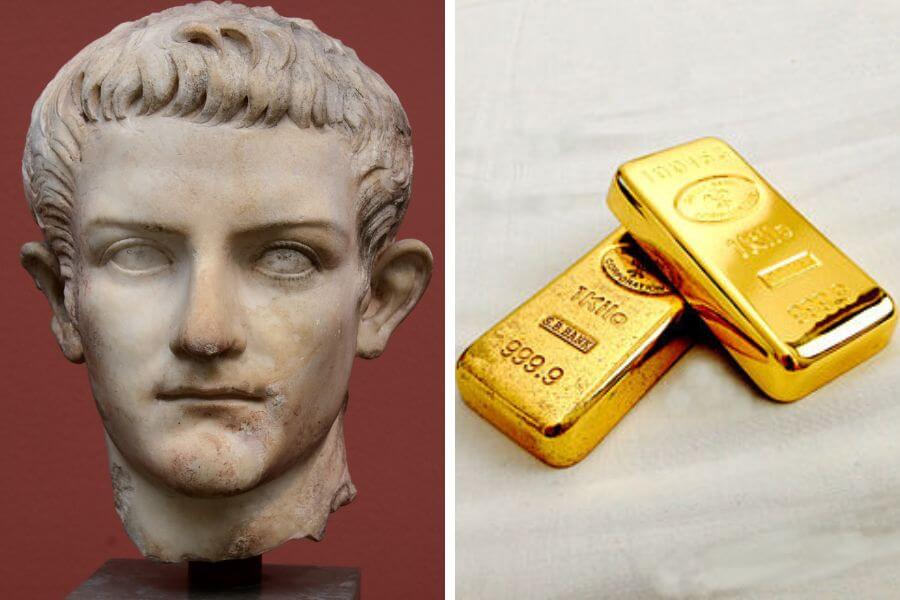
Caligula loved extravagance so much he served guests bread made of gold. Not gilded. Gold. Crunchy, deadly, 100% non-digestible. Just flexing the emperor card.
He dined with animals, made his horse a senator, and threw feasts where courses cost more than small provinces. Just your average Tuesday.
He was less of a foodie, more of a budget-burning maniac. Roman fine dining, brought to you by unchecked power and mental collapse.
Francis Bacon – Fatal Freezer Experimenter
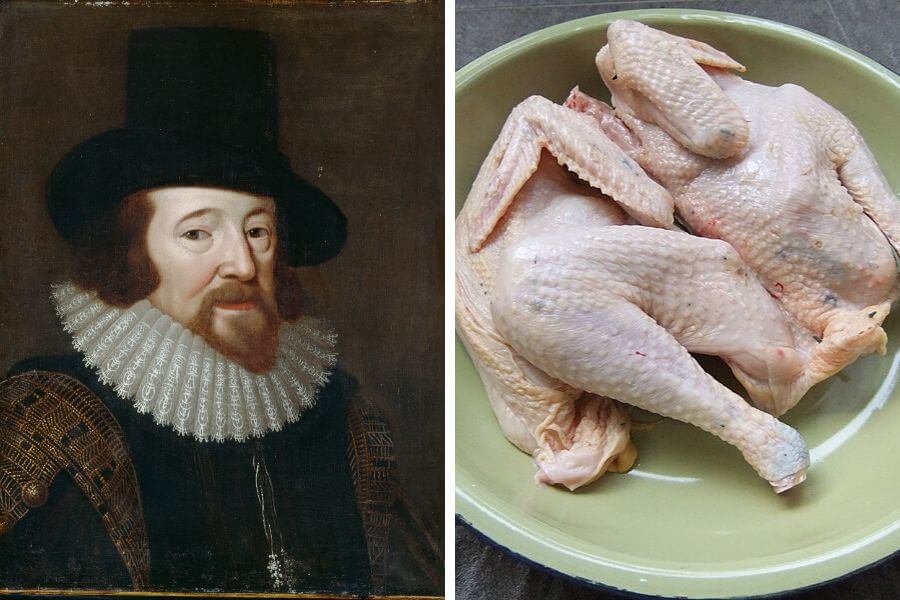
Bacon, the philosopher, died trying to freeze a chicken. He thought refrigeration was the future, so he stuffed a bird with snow. Spoiler: it killed him.
He caught pneumonia during the experiment. Imagine believing in science so hard, you become a popsicle with a poultry side dish.
The world got early refrigeration theories. He got frostbite and eternal irony. A chilly legacy indeed.
Catherine de Medici – Fork Fanatic and Artichoke Addict
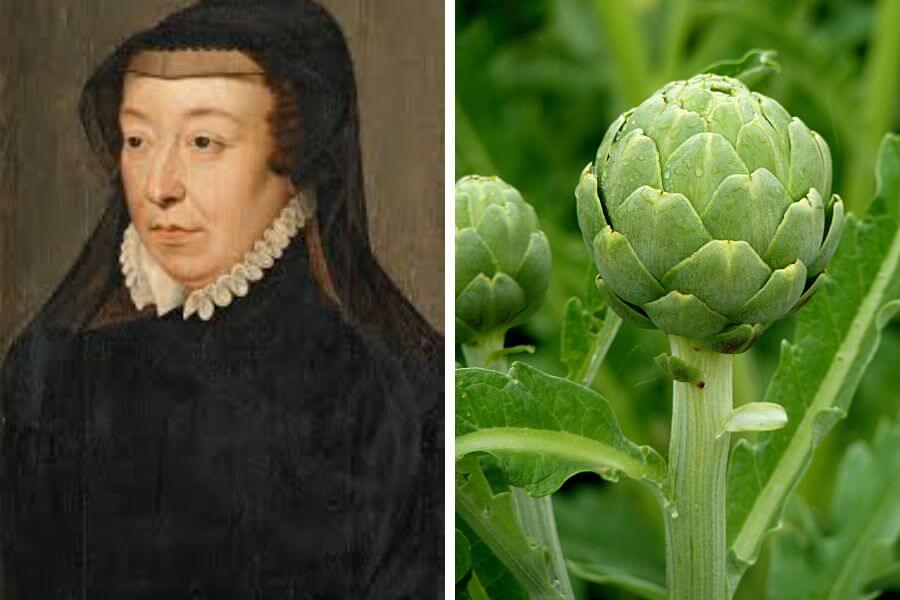
Catherine introduced the fork to France. People thought it was scandalous. A tiny pronged weapon for food? Outrageous! But she was here to class things up.
She also adored artichokes and allegedly ate so many they feared for her health. Medieval folks really weren’t ready for fiber.
Thanks to her, utensils got bougie, and the royal colon got a workout. The Renaissance: now with extra roughage.
Salvador Dalí – Lobster on the Loose
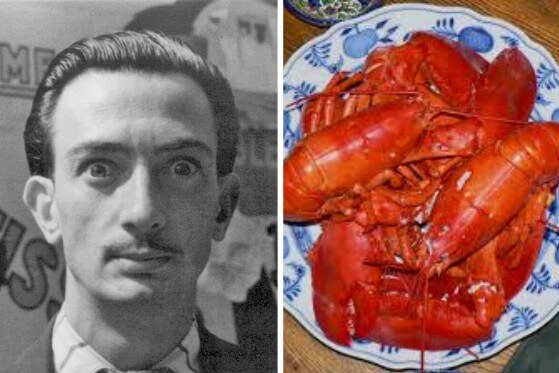
Dalí threw dinner parties featuring live lobsters, stuffed goats, and guests wearing ballerina costumes. The food? Surrealist chaos on silver platters. Lobster telephone not included.
He believed eating was art. He once wrote a cookbook filled with aphrodisiac-heavy dishes and optical illusions. Dessert? Possibly an existential crisis.
If you left his table still sane, you weren’t paying attention. Dalí didn’t just bend spoons—he melted reality.
Jean-Jacques Rousseau – Barley Soup and Boo Hoo
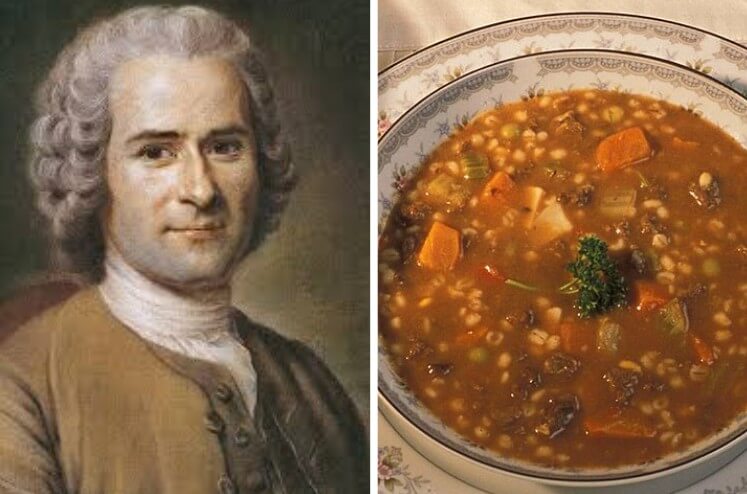
Rousseau ate like a sad monk. Barley soup, dry bread, and random bits of dairy. Culinary thrill? Nonexistent. His meals were one long sigh.
He thought luxurious food corrupted the soul. So he avoided flavor like it was a moral trap. His taste buds cried nightly.
He did once binge on cherries and wine, then collapsed in a vineyard. Honestly, same.
Karl Lagerfeld – Coke Zero and Lettuce Couture
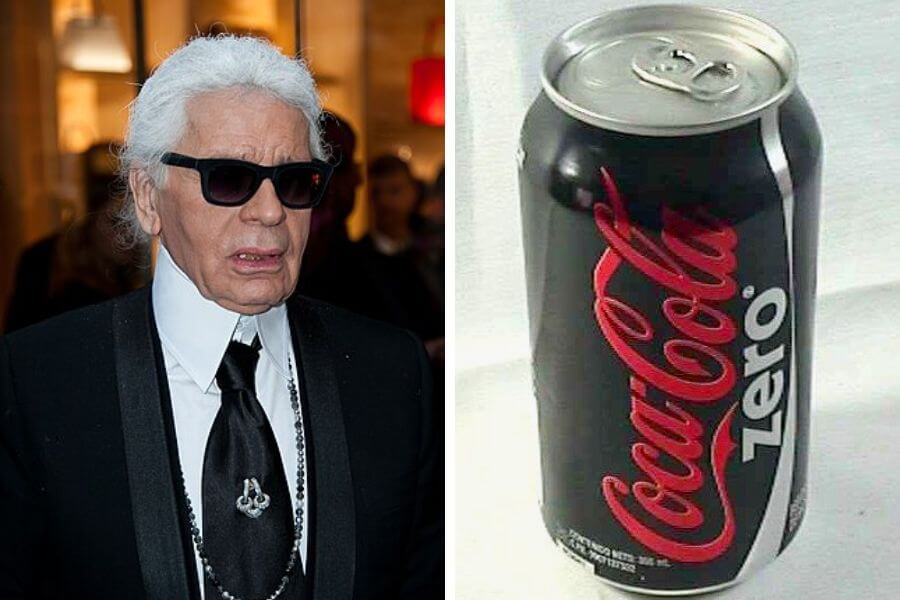
Fashion icon Lagerfeld survived on Diet Coke, steamed veggies, and vibes. He lost 90 pounds eating mostly lettuce. His fridge probably doubled as a closet.
He claimed bread was a “toxic substance” and sugar was fashion’s mortal enemy. Honestly, he could’ve modeled for a salad dressing label.
His menus were more “runway chic” than “actual nourishment.” Lagerfeld: starved for style, fueled by bubbles.
Henry VIII – Turkey-Legged Tyrant
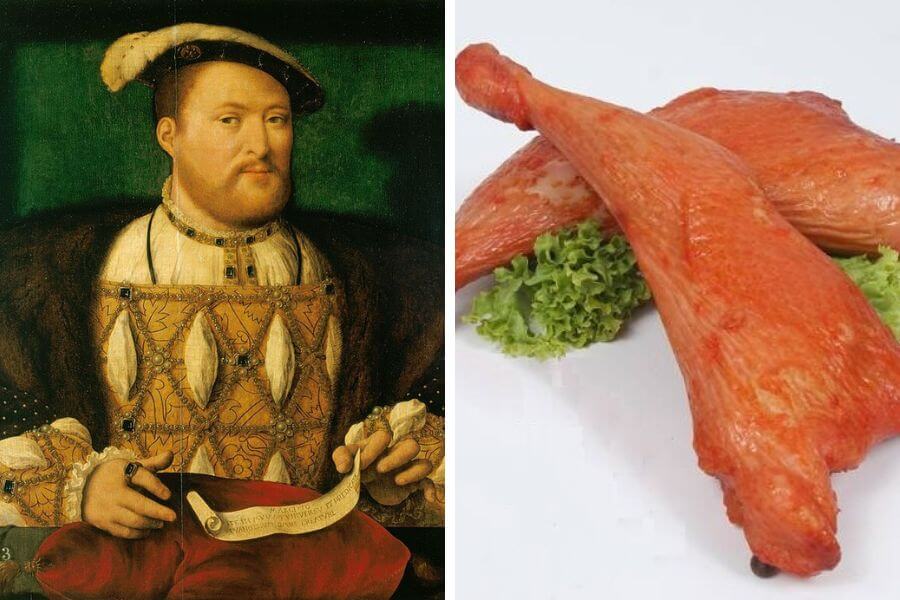
Henry VIII’s feasts were infamous. Giant roasted animals, overflowing pies, and more ale than sense. Subtlety? Never heard of it. He made eating a power move.
He tore into meat with bare hands, tossed bones on the floor, and scowled for dessert. The man ate like a barbarian king.
His waistline? Titanic. His appetite? Bottomless. His table manners? Lost in translation somewhere between “bring me a boar” and “off with her head!”
Queen Victoria – Meat Marathoner
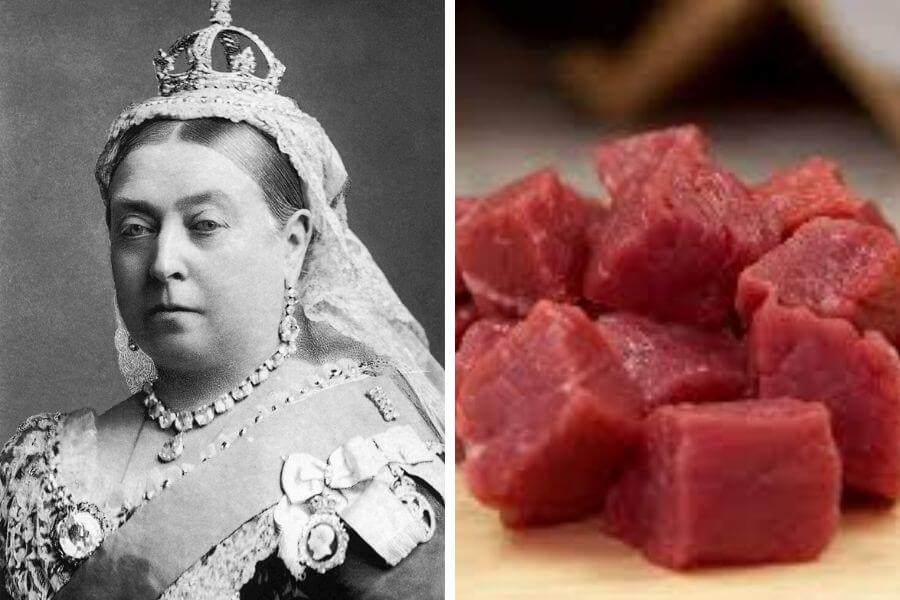
Victoria’s dinners could have 9+ meat courses. She was a speed-eater, finishing meals in 30 minutes. Everyone else had to stop when she was done.
Slow eaters starved or left with half a sausage. Courtiers begged her to slow down. She ignored them, chewing like a royal buzzsaw.
You either kept pace with the Queen or left dinner hangry. Truly the first monarch of fast food.
Joseph Stalin – Forced-Feeding Fanatic
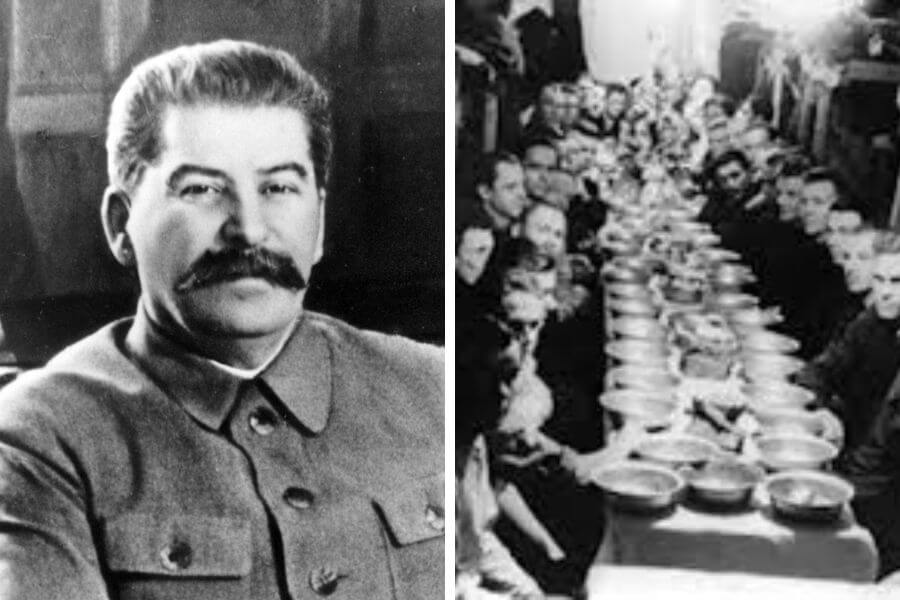
Stalin held terrifying banquets. He’d force guests to eat and drink excessively, then monitor reactions like a Bond villain with a bread basket.
He loved late-night feasts that dragged on for hours. You weren’t allowed to decline seconds—or fourths. A bloated belly saved no one.
Refusal to drink with him was seen as treason. Just vodka, paranoia, and cold borscht for dessert.
Marquis de Sade – Indulgence Overload
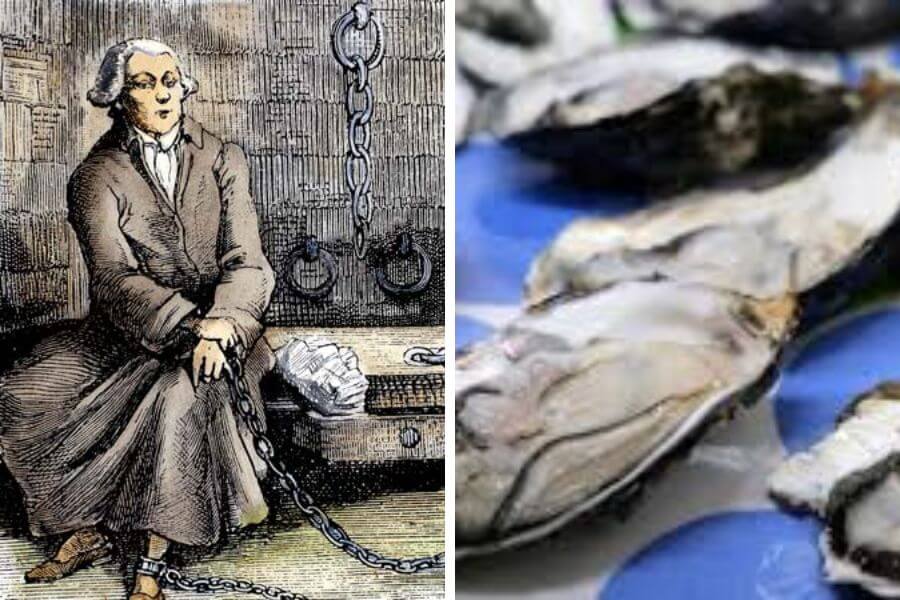
De Sade’s dinners blurred the line between food and debauchery. He mixed gluttony with scandal, and his menus read like fever dreams soaked in absinthe.
Chocolate, oysters, and entire roasted animals graced his table—usually paired with increasingly questionable party activities. Martha Stewart, he was not.
His appetite extended beyond food, but we’ll stop here to preserve your dinner plans.
Marie Antoinette – Cake Queen? Eh, Not Really

The famous “let them eat cake” line was fake, but she did love sweets. Her real downfall? Pastries, cream-filled dreams, and sugar-coated denial.
She hosted lavish dessert spreads with more icing than political awareness. Even Versailles had a sweet tooth—and eventually, a bitter revolution.
She didn’t die for cake, but she certainly lived for it. #aesthetic
Sigmund Freud – Cocaine & Eel Enthusiast

Freud liked cocaine in his tea and thought it was a miracle cure. He also had a weird fascination with eels. Not cooked. Just… eels.
He believed cocaine cured depression, fatigue, and possibly boring dinner parties. His caffeine/coke cocktail? A real wake-up call. Not FDA approved.
Combine that with a diet of mystery seafood, and suddenly therapy makes a lot more sense.
Edgar Allan Poe – Booze and Butter
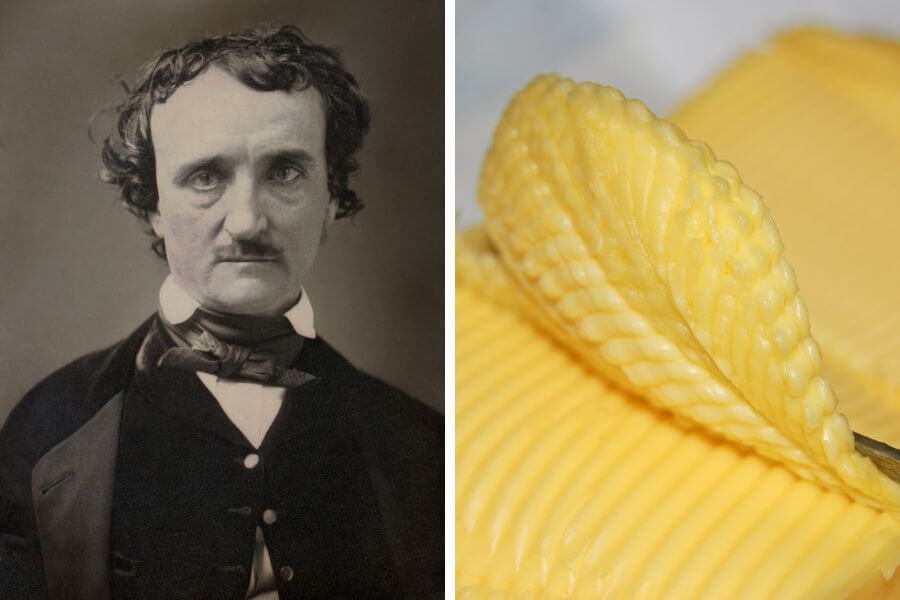
Poe’s diet was basically a haunted house of nutrition: buttered bread, questionable oysters, and more booze than body mass. His food groups were gothic and fermented.
He’d skip meals to write melancholic verses, then binge on clams and brandy. That’s one way to summon literary demons and heartburn.
His pantry was more depressing than his poetry. Tragic? Yes. Tasty? Not even close. A toast to toasted minds.
Isaac Newton – Food? What’s That?
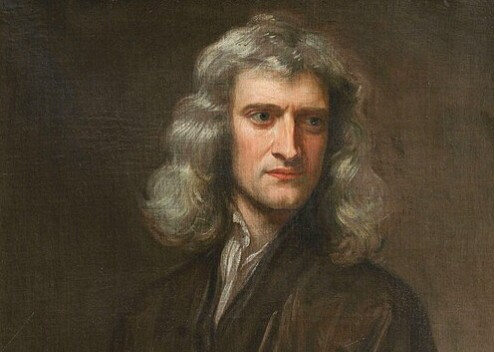
Newton was so busy inventing physics he forgot to eat. He’d work for days, living on air and equations. Meals were a low priority.
He once went two days without eating, completely unaware. Friends had to shove food at him like he was an underfed algorithm.
Apple fell on his head, not into his mouth. If brains were calories, he’d be a buffet.
Cleopatra – Vinegar Gold Cocktail Connoisseur
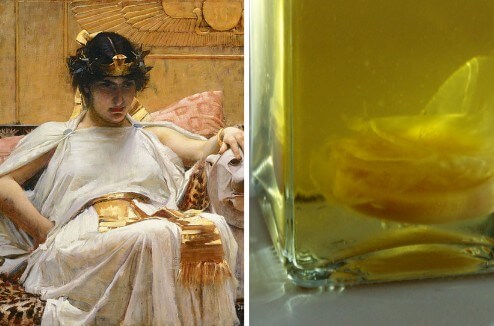
Cleopatra once dissolved a pearl in vinegar and drank it to win a bet. Because when you’re rich and dramatic, hydration must involve jewelry.
She believed in food as beauty ritual. Honey cakes, figs, and fermented mystery potions made her dinner table a pharaoh’s spa day.
No idea what that pearl tasted like, but probably not worth the dental bill. Sparkling water this ain’t.
Bobby Fischer – Raw Egg Milkshake Devotee
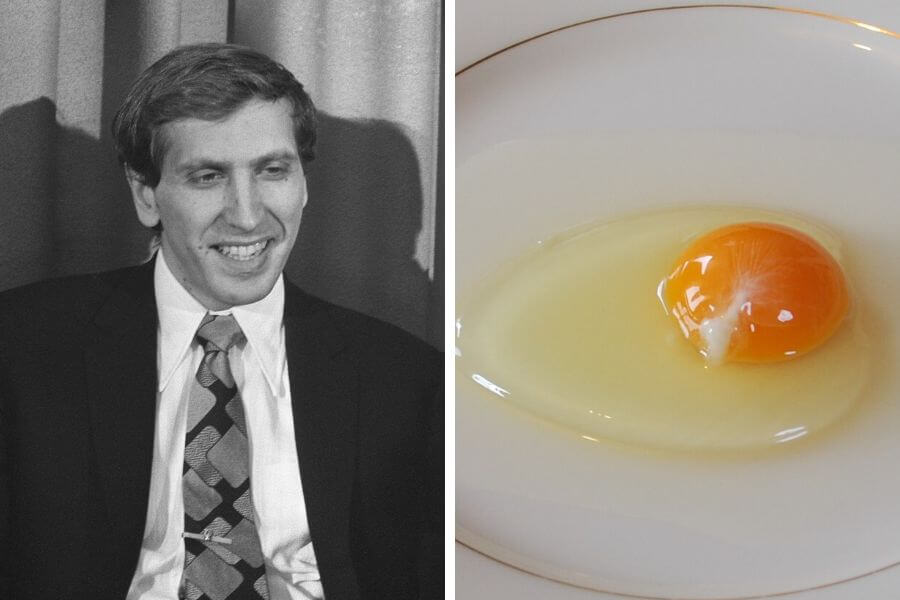
The chess champ slurped raw egg smoothies, convinced they boosted his brain. You know, like Rocky—except with fewer punches and way more conspiracies.
He also avoided restaurants, fearing they’d poison him. Every meal was either homemade or pre-apocalyptic bunker chic.
He was checkmating salmonella daily. The real opponent wasn’t the Soviets—it was breakfast.
Leonardo da Vinci – Animal Rights Trailblazer
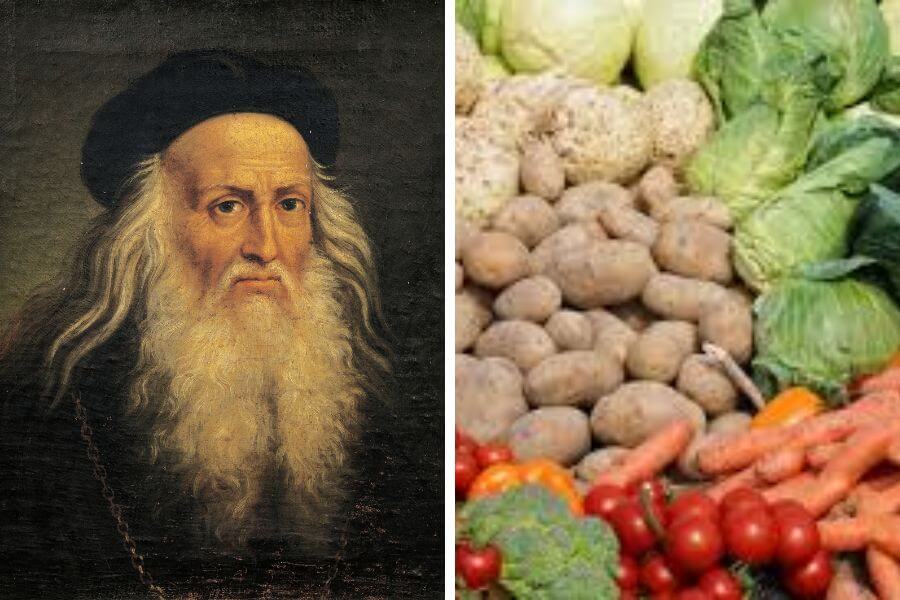
Da Vinci was a vegetarian and very against animal cruelty. He’d buy caged birds at markets… just to set them free. Culinary saint vibes.
He saw meat-eating as barbaric and believed compassion was the true spice of life. He painted, invented, and snacked on nuts and lettuce.
If Whole Foods existed in 1500, Leo would’ve lived there. Mona Lisa? Painted with tofu in his pockets.
Voltaire – Coffee Addict Extraordinaire
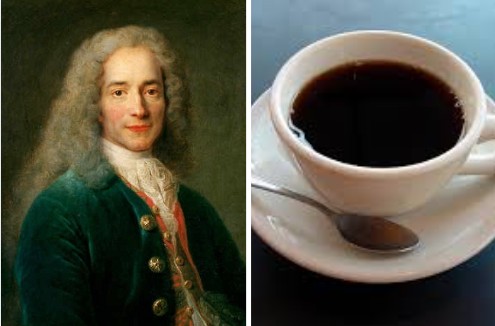
Voltaire drank up to 40 cups of coffee a day. That’s not caffeine dependence—that’s a blood-type conversion. He was basically 80% espresso by volume.
He mixed his coffee with chocolate, creating the world’s first legal stimulant smoothie. Productivity? Maxed. Bladder control? Questionable.
He lived to 83. Coffee probably pickled him into immortality. Starbucks owes him royalties and a statue.
Ernest Hemingway – Raw Onion Biter
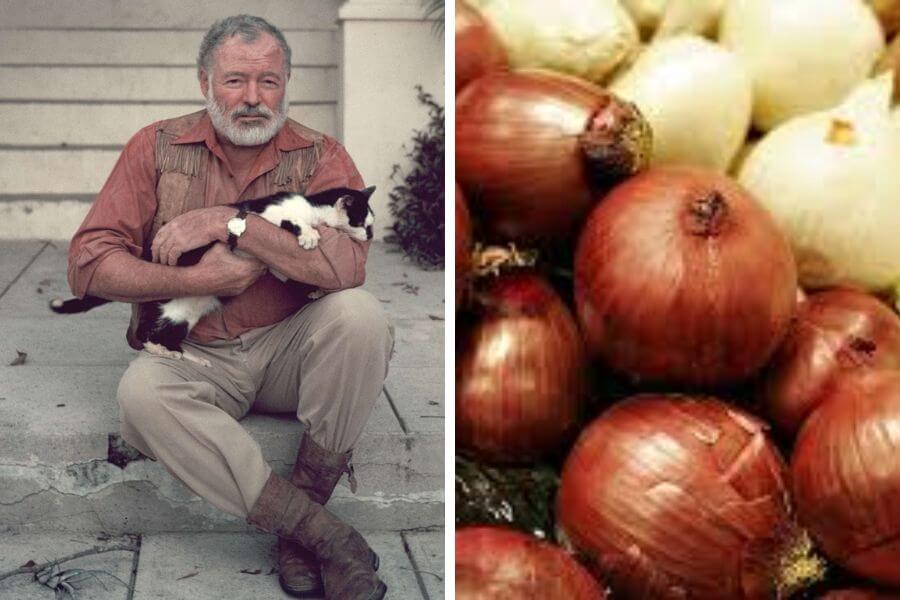
Papa Hemingway once bragged about eating raw onions like apples. No seasoning. No cooking. Just him and a tearful, stinky crunch. Alpha or allergic reaction?
He believed it toughened the spirit. In reality, it mostly toughened his breath. Rumor says people kept six feet away pre-COVID.
Combine that with copious whiskey and steak, and you’ve got a literary figure powered by scotch and sulfur.
Franz Kafka – Sad Salad Scribe
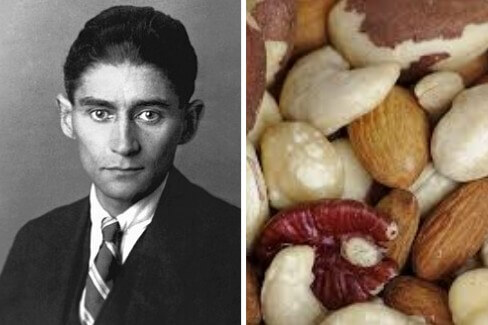
Kafka followed a strict raw vegetarian diet, eating mostly nuts, fruits, and vegetable slivers that matched his angst-ridden existential dread. His plate was gray, metaphorically.
He chewed each bite excessively—sometimes over 100 times—believing digestion began with meditation. Honestly, he made lettuce a religious experience.
He also refused cooked food, fearing contamination. Imagine overthinking your way into a spinach breakdown.
George Washington – Nutmeg and Ice Cream Lover

Our first president adored ice cream. He spent a fortune on it, especially nutmeg-flavored. America runs on Dunkin’? Nah, it started with dairy and spice.
He also enjoyed hoecakes (a type of cornmeal pancake) drowned in syrup. Breakfast at Mount Vernon was a sticky affair.
No cherry trees were harmed, but plenty of cream churners were. George was basically the founding father of dessert.
Hannibal – Elephant Meat Enthusiast?
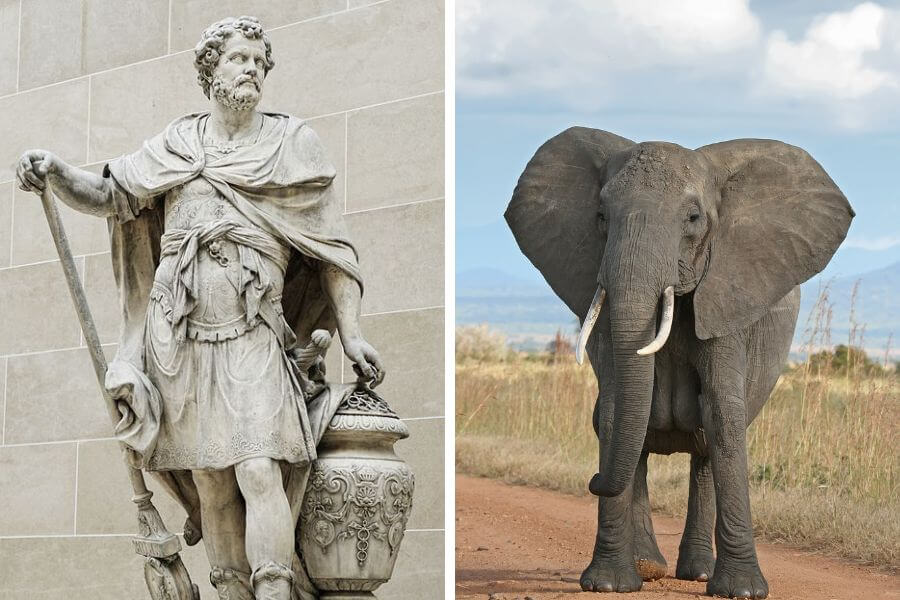
Hannibal marched elephants across the Alps—and may have eaten them when supplies got low. Jumbo jerky, anyone? Tough times call for tougher choices.
Historical rumors swirl around whether he dined on his own war beasts. Either way, he was serving chaos and stew.
File under: “Please don’t eat your transportation.”
Fidel Castro – Ice Cream Revolutionary
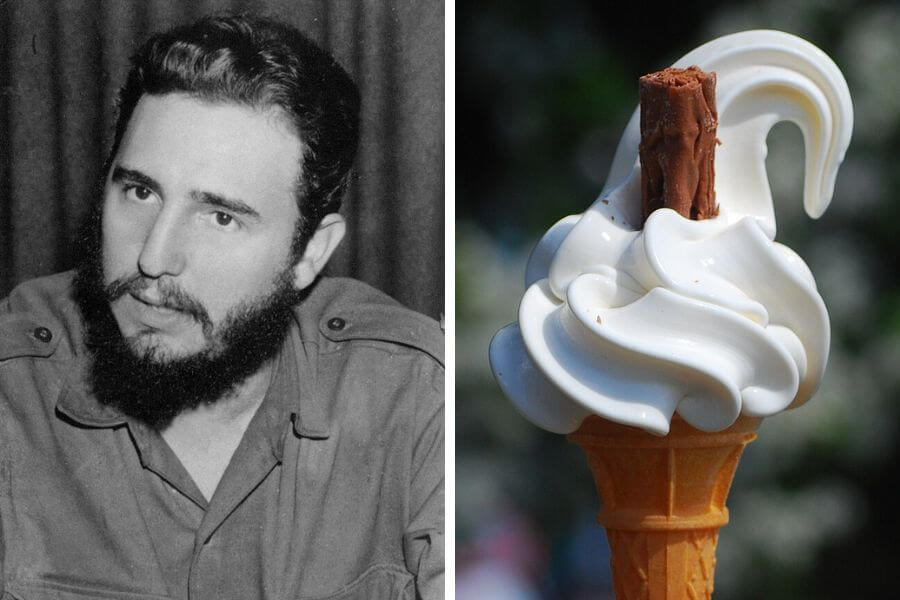
Castro loved ice cream so much he built a 1,000-seat parlor in Havana. He allegedly ate 18 scoops in one sitting. Dairy dictatorship confirmed.
He once brought down a plane’s refrigeration unit with too much ice cream. This is not a euphemism—it actually happened.
Forget cigars. Fidel’s real addiction was frozen milk and national lactose glory.
Aleister Crowley – Ritual Meals of Madness
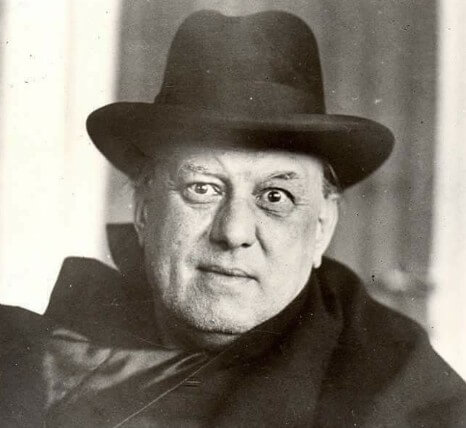
Occultist Crowley ate strange meats as part of magical rituals. He believed different animal parts had spiritual power. Dinner was basically a séance with forks.
Blood wine, hallucinogenic herbs, and possibly body parts (not confirmed, but definitely rumored). Culinary Hogwarts, but unhinged and very illegal.
He believed eating “spiritually” opened portals. To what? Probably food poisoning and lifelong therapy.
Julius Caesar – Flamingo Tongue Enthusiast
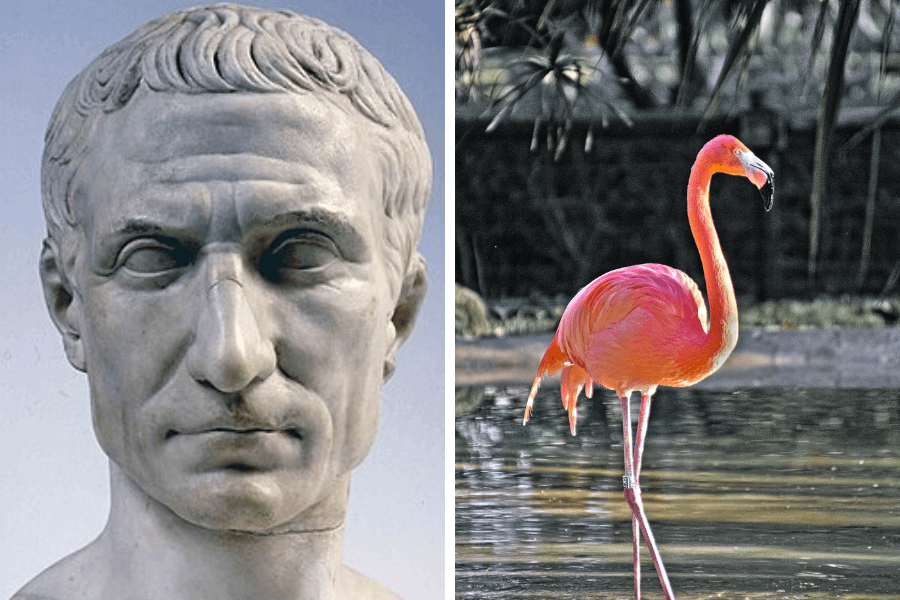
Caesar was served flamingo tongues at elite Roman banquets. They were a delicacy, though no one’s quite sure why. Texture? Prestige? Ancient Yelp gave five stars.
He also enjoyed dormice stuffed with nuts and honey. That’s right—Roman trail mix with eyes. Yum?
His dinners were bizarre flexes. Toasting victories with bird tongue pâté? Iconic… and deeply confusing.
Orson Welles – Steaks and Scotch Supreme
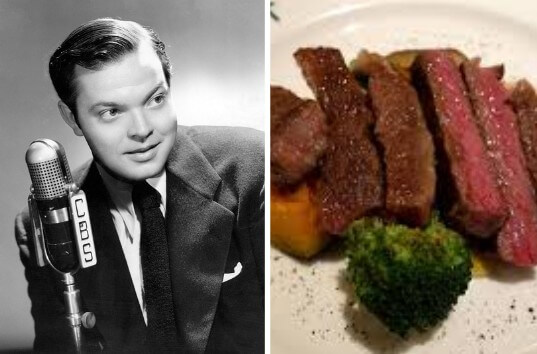
Welles ate 18 eggs for breakfast, followed by multiple steaks for lunch. His arteries were screaming, but his taste buds were living their best life.
He washed everything down with scotch. He believed in volume: of food, drink, and presence. A meal wasn’t a meal—it was theater.
Calories? Optional. Glamour? Mandatory. Welles didn’t eat—he performed.
Immanuel Kant – One Meal, Same Time, Every Day
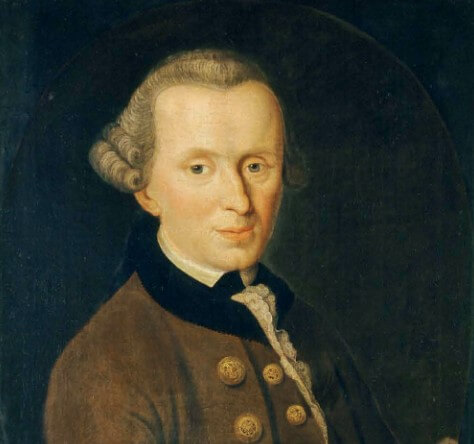
Kant ate once per day, precisely at 3:30 PM. He was so regular, neighbors set their clocks by his lunch. Human metronome vibes.
He always had the same simple meal: soup, bread, and a small portion of meat. No spice. No joy. Just order.
He believed routine led to clarity. His intestines? Probably punctual enough to write books. Philosophical fiber included.
Andy Warhol – Soup Can Devotee
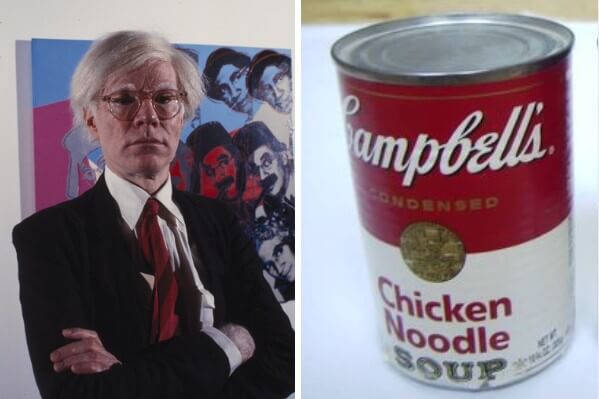
Warhol didn’t just paint soup cans—he consumed them daily. Campbell’s Tomato was his muse, his meal, and his mildly tragic security blanket in a can.
He appreciated its blandness. It never changed, never judged. A neutral, dependable puree. A non-threatening broth for a man allergic to unpredictability and anything resembling a real vegetable.
He reportedly ate it every day for years, turning lunch into a factory routine. Culinary artistry? Not exactly. But it definitely matched his whole “mass production, but make it fashion” thing.
Tycho Brahe – Drunken Elk Dinner Guest

Brahe, astronomical genius and Renaissance eccentric, owned a domesticated elk that loved beer. Not in theory—in practice. The elk regularly got trashed at noble banquets.
It once got so drunk at dinner, it slipped, fell down a staircase, and died. Brahe didn’t change a thing. He probably poured one out.
He also dined with a court jester, had a prosthetic nose, and hosted parties like a space-obsessed Viking. Dinner? Always chaotic. Elegance? Optional. Antler-based fatalities? Evidently possible.
Prince – Pancake Philosopher
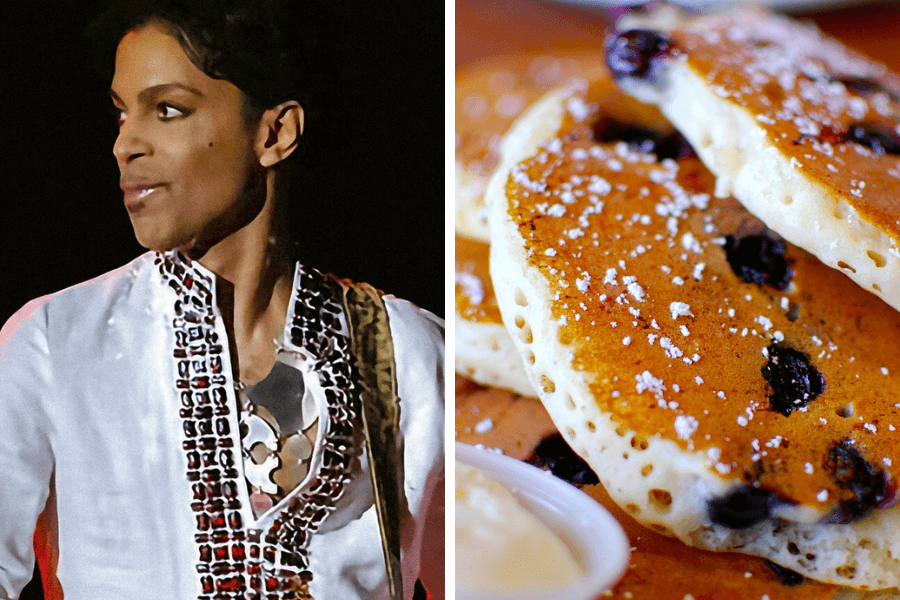
Prince once invited people over for post-club pancakes. No party, no small talk. Just flapjacks and maple syrup at 2 a.m. Like a funky IHOP.
He stocked his fridge with waffles, orange juice, and divine breakfast energy. The man could shred guitar solos and whisk batter without breaking a sweat.
Band meetings were often fueled by pancakes instead of coffee. Rehearsals ended in brunch. He didn’t just eat breakfast—he performed it, dressed in velvet and mystery like a short-order enigma.
Walt Whitman – Oyster and Ice Cream Paradox
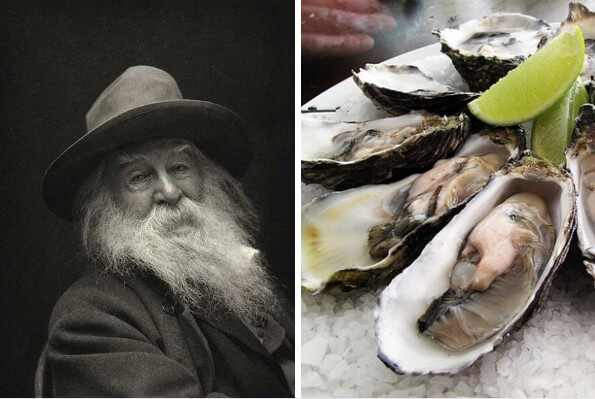
Whitman adored oysters and ice cream, sometimes in the same sitting. He chased salty shellfish with sweet dairy like it was the American dream on a spoon.
He believed oysters gave him masculine vitality. Ice cream soothed his poetic soul. Together, they created a one-man dinner party of emotional extremes.
He’d eat both while reflecting on transcendence, human spirit, and lactose. If dairy and mollusks could write verses, he’d have co-authored “Leaves of Grass” with a clam.
Beethoven – Coffee-Bean Counter Extraordinaire
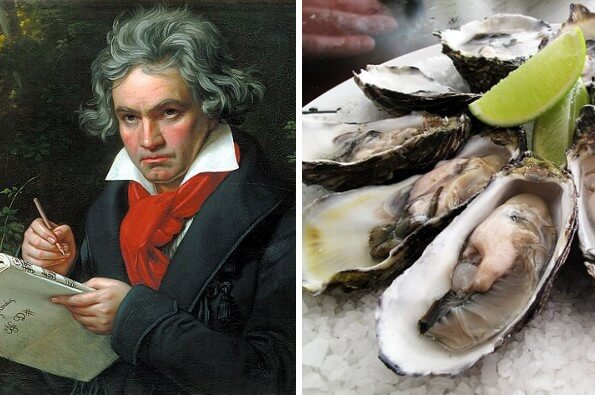
Beethoven meticulously counted out 60 beans for every cup of coffee. Not 59. Not 61. Sixty. The man brewed espresso with mathematical vengeance.
He insisted meals be served at precise times, always with simple ingredients. If something was out of order, he’d spiral into a rage symphony.
Apparently, he composed symphonies while vibrating from caffeinated obsession. Music, math, and madness collided in one man—and every time, coffee was center stage like a jittery conductor with beans.
History’s Table – A Buffet of Brilliance and Bizarre
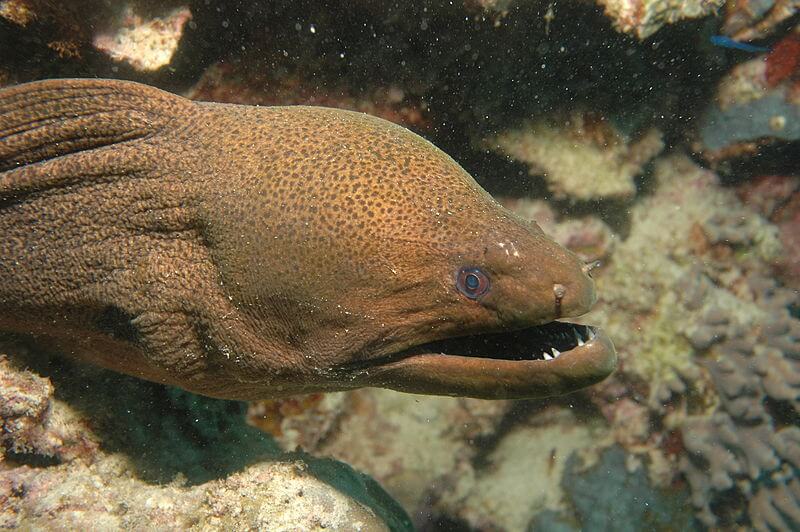
Across centuries, these legends shaped the world—then turned around and ate like unsupervised toddlers. Genius clearly doesn’t come with a well-balanced meal plan.
From gold bread to pancake summits, raw eggs to caffeinated meltdowns, their plates were as unforgettable as their legacies. Food: the great equalizer, occasionally the villain.
So next time your diet feels weird, remember: at least you didn’t drink pearls, fear beans, or eat lunch with a drunken elk. Probably. We hope.
